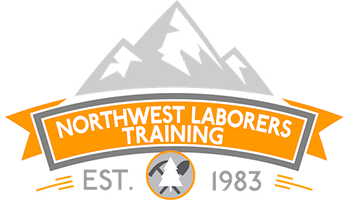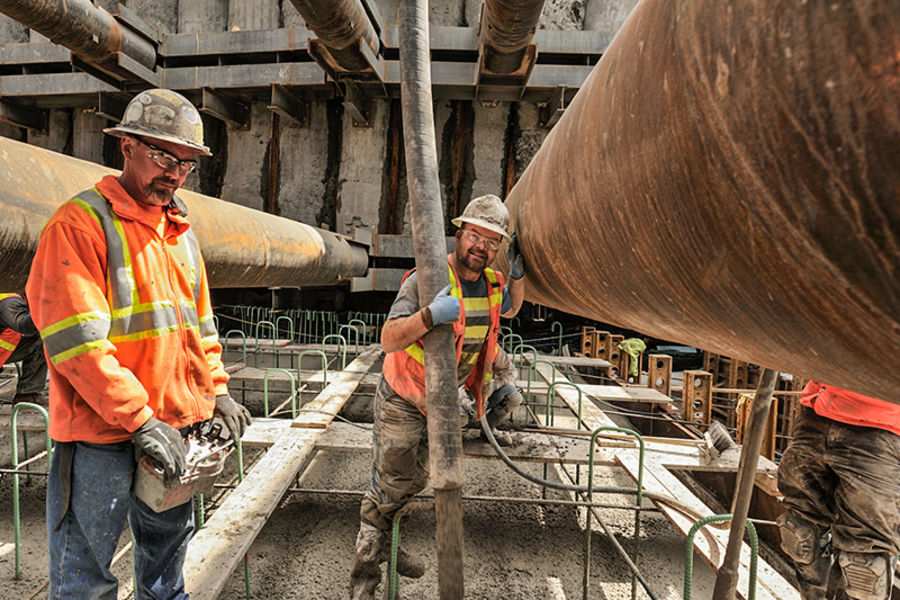The following article by Janet Lubman Rathner is from the Laborers’ Health and Safety Fund of North America website.
The frequency and consequences of concussions among players in the National Football League is getting a lot of press these days, but construction workers are also at risk for suffering this type of injury on the job. According to the National Institute for Occupational Safety and Health (NIOSH), the construction industry has the highest number of fatal head injuries in U.S. workplaces. Between 2003 and 2010, more than 2,200 construction workers died from traumatic brain injuries (TBIs).
What Is a Concussion?
A concussion is a type of traumatic brain injury caused by a sudden and direct bump, blow or jolt to the head or body that causes the brain to bounce and twist inside the skull. This violent movement can cause bruising, damage blood vessels and nerves and create chemical changes.
Concussions, which can occur even if the head never smacks the ground, can range from leaving a worker feeling slightly dazed or experiencing a very brief loss of consciousness to a prolonged loss of consciousness and longer recovery times. Severe TBIs can be life-threatening.
Repeated concussions, even when mild, can also lead to serious health problems. These include post-concussion syndrome, in which the effects of a concussion, including headaches and dizziness, last for weeks and sometimes even months after the initial injury.
High Risk for Head Injuries
The falls and struck-bys that cause most fatalities in construction are also the source of most concussions among workers. National estimates are not available, but in the state of Washington, these types of injuries accounted for 20 percent of work-related injuries from 1998-2008. They can lead to costly compensation claims and workers who suffer them are more likely to require hospitalizationthan other types of injuries.
“A concussion can occur in the blink of an eye. All it takes is a missed step on a ladder or being hit by a falling object from above,” says LIUNA General Secretary-Treasurer and LHSFNA Labor Co-Chairman Armand E. Sabitoni. “That’s why it’s important for every worker on site to be able to recognize the symptoms of a concussion and for someone to be designated to call 911 or take the injured worker to the emergency room, even if that worker says they’re fine.”
Symptoms of a concussion include:
- Loss of consciousness for a few seconds to a few minutes
- Feeling dazed or disoriented
- Headache
- Nausea or vomiting
- Dizziness
- Blurred vision, ringing in the ears, bad taste in mouth
Diagnosis and Treatment
A doctor will determine the severity of a concussion by:
- Asking the injured worker how they got hurt
- Giving a physical exam that tests brain function
- Ordering a scan of the brain to see the extent of the injury and rule out more serious, life-threatening brain trauma
Recovery may require several days of bed rest, fluids and over-the-counter pain relievers such as acetaminophen. Follow-up care may also be needed to ensure there are no complications such as memory loss, cognitive impairment and personality issues. Follow-up medical evaluation is important for ensuring the injured person has recovered and is ready to return to work.
Reduce the Risk for Head Injuries
In addition to providing hard hats, employers can reduce the risk for concussions by:
- Erecting guardrails
- Installing safety netting
- Providing personal fall arrest systems and training employees in how to use them
- Mandating good housekeeping before and during every shift to clear walkways of slip and trip hazards
- Encouraging workers to report hazards
The LHSFNA offers a number of materials that can help reduce the risk for falls and struck-bys at construction sites that can lead to concussions. These include the Fall Protection in Construction Health Alert and the A Clean Site is a Safe Site poster. Order these and other health and safety materials through the Fund’s online Publications Catalogue. You can also read more about preventing falls in our January 2016 article, “Protecting Workers During All Aspects of a Fall.”
The LHSFNA’s Occupational Safety & Health Division can provide additional guidance with thorough site visits and reviewing an employer’s safety and health program. The Fund’s online Site Safety and Health Program allows signatory contractors to create individual safety and health programs customized for their specific needs. For more information, call 202-628-5465.




Sorry, the comment form is closed at this time.